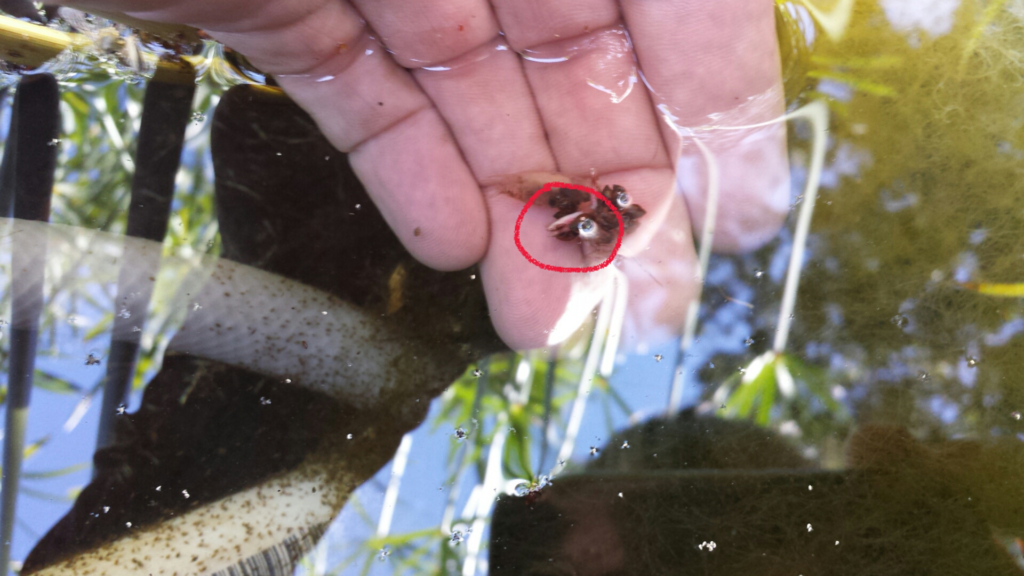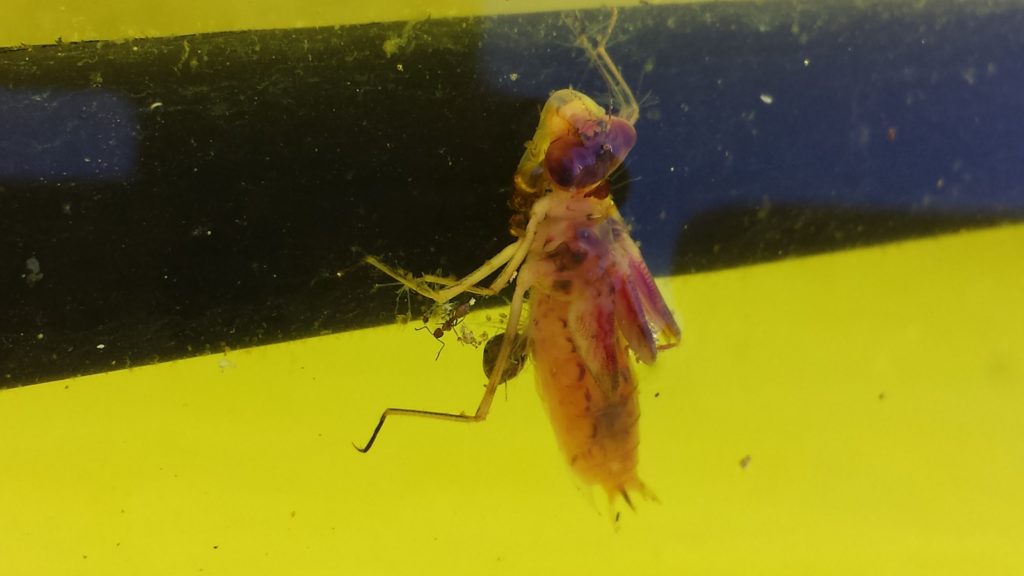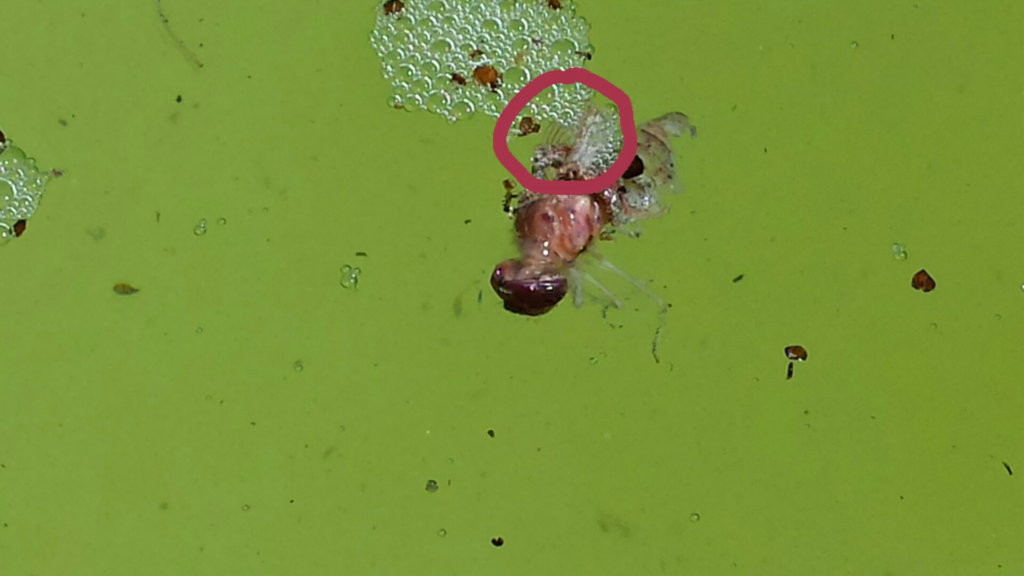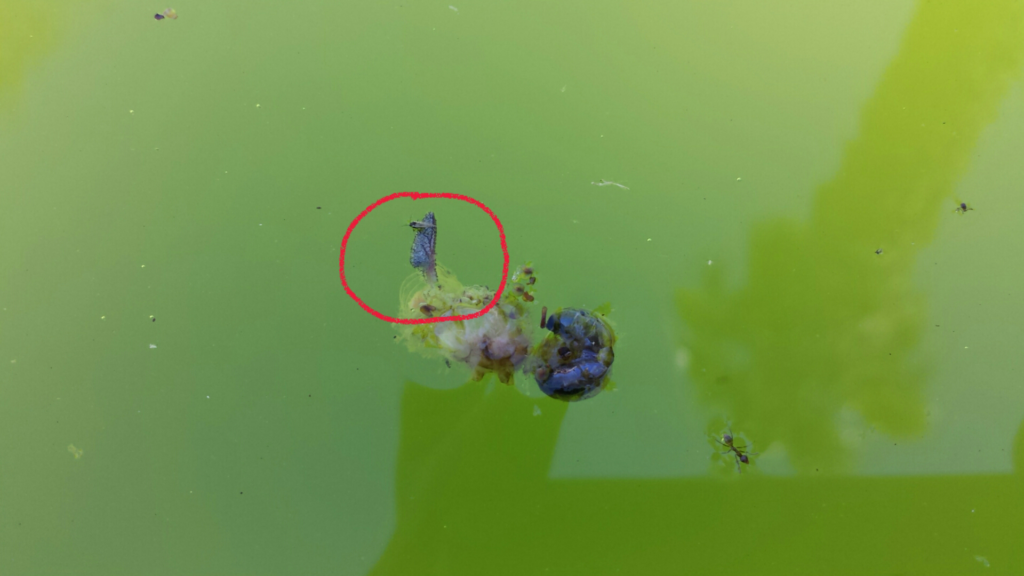I have spent 20 years providing non-chemical ponds to my clients all over Southern California. I have never before seen the numbers of dead dragonflies that I have in the last 2 months.
Ecdysteroids are insect moulting and sex hormones. They are members of a complex chemical group known as steroids. Some of the insecticides being used recently target Ecdysteroids. These new insecticides thus disrupt the insects molting ability.
These dead dragonflies have failed to molt correctly. You can see that they were just ready to come out and even have tiny deformed wings. Adults that did manage to come out have deformed wings as well.
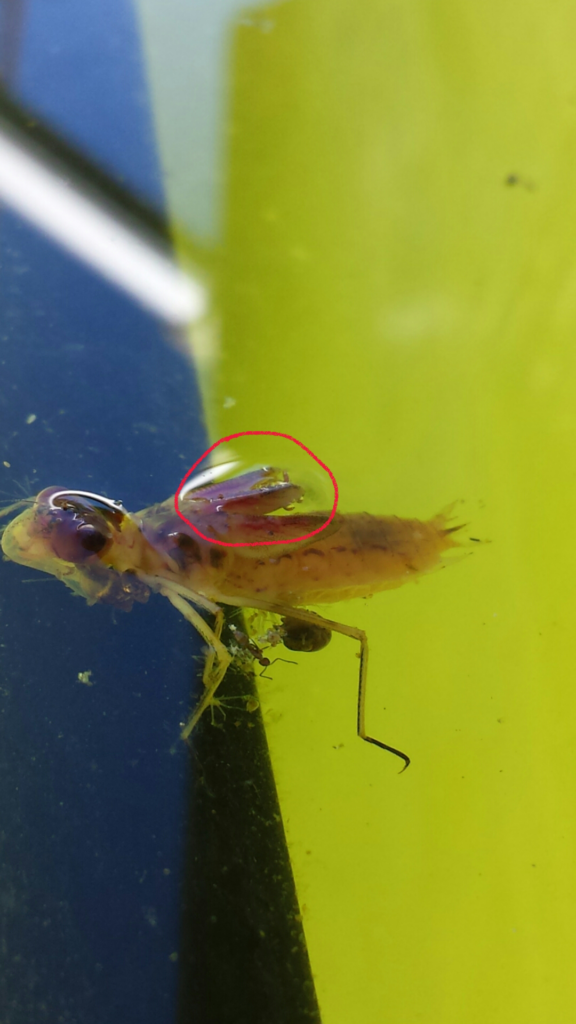
In addition these Ecdysteroid targeting pesticides, and related toxins harm the basic food chain in rivers and lakes.
An almost complete, but unfinished form of Ecdysteroids is known as an _ecdysone_. Sort of like a house with the walls up, the roof on, but not finished inside. A chemical that blocks the formation of something, particularly biologically, is an _agonist_. So an _ecdysone agonist_ is a biocide that targets an insect’s ability to molt.
Source: www.ncbi.nlm.nih.gov/pubmed/24197798 A potent ecdysone agonist, tebufenozide, has recently been developed as a molt-inducing insecticide to control defoliating lepidopterans. As part of continuing research efforts to assess the effectiveness and environmental safety of this material for insect pest management in Canadian forests, tebufenozide (RH-5992-2F) was applied to large lake enclosures and the effects on zooplankton communities were evaluated. There were significant treatment effects at all test concentrations (0.07-0.66 mg L(-1) tebufenozide). Concentration-dependent reductions in the abundance of cladocerans indicated that there were direct toxic effects of tebufenozide on this group of macrozooplankton.
Let me reiterate.
Quote: reductions in the abundance of cladocerans indicated that there were direct toxic effects of tebufenozide on this group of macrozooplankton. End quote
cladocerans, and other macrozooplankton form the basis of most freshwater food chains. I believe that it is likely that the aerial spraying for zika has contaminated freshwater ponds and habitats here in SoCal with these toxic insecticides.
